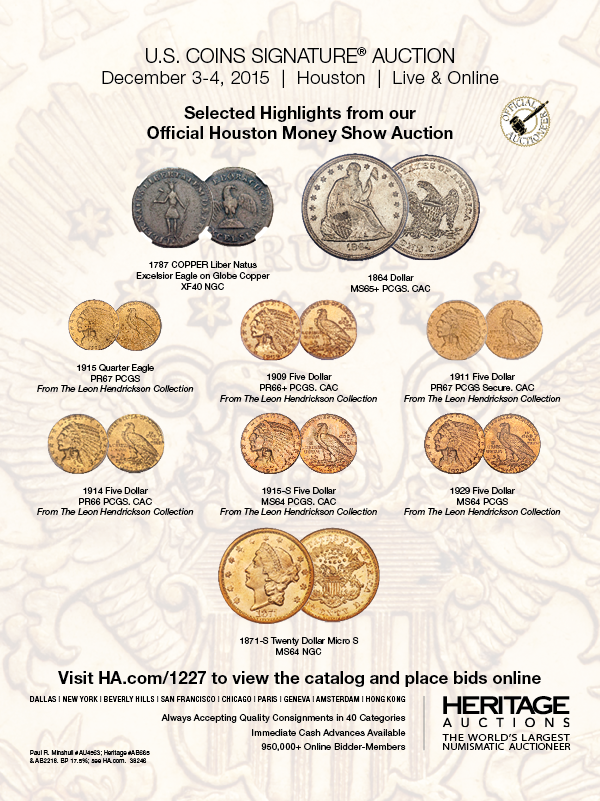
PREV ARTICLE
NEXT ARTICLE
FULL ISSUE
PREV FULL ISSUE
SLEUTHING OBSOLETE CURRENCY SECRETS
Caitlyn Trautwein of Whitman Publishing published an article on Coin Update about the process of puzzling through the
mysteries of researching an old banknote. -Editor

If you’re looking for a chance to explore numismatic intellectual puzzles, a great place to start is in the world of obsolete paper money! Today I was presented with a single note of paper money—a $1 bill of the Savings Bank of Louisville. On its face it looks like many other notes of obsolete paper money, with vignettes and counters, the name of the institution, the denomination, the date, and signatures. Easy to let your eye slide over it and on to the next thing, in favor of something with perhaps more color or mythological objects. At first glance, this would not be a note I would judge to be very interesting, among the thousands and thousands of notes out there to peruse. But they say you should never judge a book by its cover. The same goes with paper money. Never judge the complexity of the mystery by the complexity of the design. When I am looking for information on a note, the place I always start is the bank name and the location. The title is bold and easy to see. And if you look closely at the bottom of the note, you can see that this note is payable “in Current Bank Notes” in “Nashville, Tennessee.” So far so easy. But a search for a Savings Bank of Louisville in Nashville, Tennessee, comes up fruitless. No records of any kind to be found. 
Now we get into the twisty and odd world of obsolete paper money legislation. For example, was this bank chartered in Nashville at all? Should I search for a Louisville County that perhaps had some early borders around Nashville? Searching for Louisville County leads me to a different town, Louisville, Tennessee, which was established in the early 1800s and officially incorporated in 1851. Another possibility. The title indicates that “Louisville” had something to do with the bank’s location. Just looking at the note does not tell us exactly what, however, and the number of options is growing. Perhaps, for example, the note had a branch in either Nashville or Louisville, with a parent bank located somewhere else. Another potential option appears as we dig even further—perhaps this bank was not chartered in Tennessee at all!
Another reason for the facts not matching up is counterfeiting. Often notes from failed banks were altered to make them look like notes
of one still in business. That way the worthless note could be foisted on a naïve public. That may not be the case here, but such
research can often be a great challenge. Be sure to read the complete version online. -Editor
To read the complete article, see:

Wayne Homren, Editor The Numismatic Bibliomania Society is a non-profit organization promoting numismatic literature. See our web site at coinbooks.org. To submit items for publication in The E-Sylum, write to the Editor at this address: whomren@gmail.com To subscribe go to: https://my.binhost.com/lists/listinfo/esylum All Rights Reserved. NBS Home Page Contact the NBS webmaster 
|